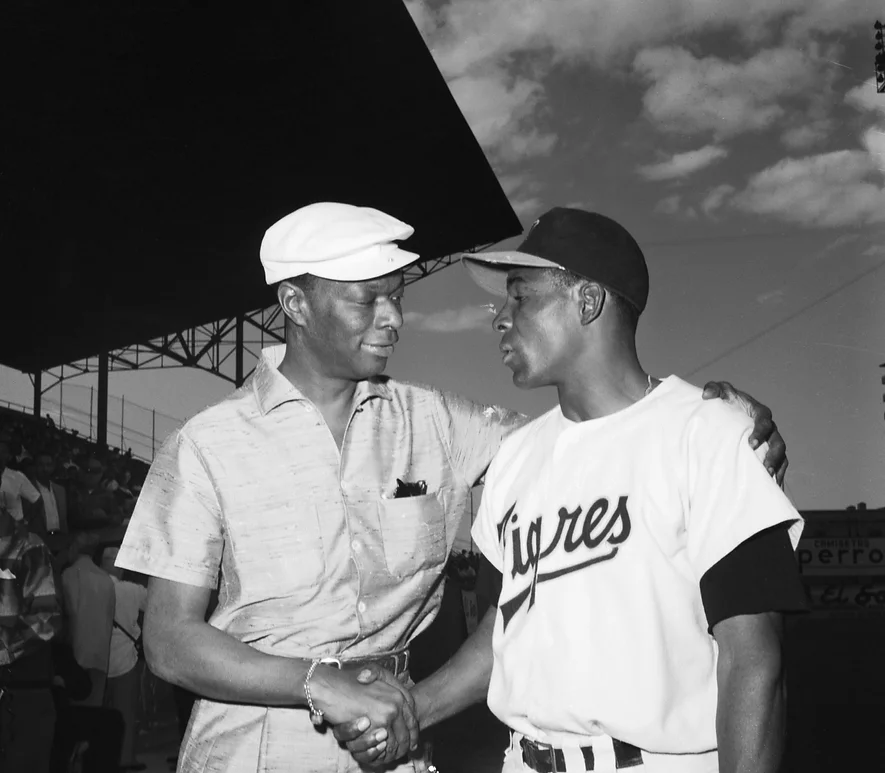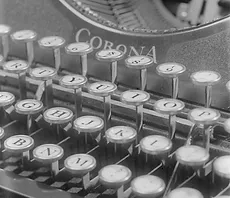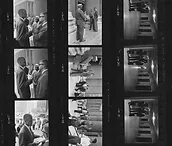Photo by Bettmann Collection/Getty Images
On January 3, 1957, Cuban born baseball player, Orestes “Minnie” Minoso, received the “Arthur Gardner Trophy” for being the best all-around Cuban ballplayer of 1956. A ceremony was held at the Grand Stadium in Havana. Among the many sports writers, press officials, and local baseball fans attending was a celebrity entertainer: singer, jazz pianist, and actor Nat King Cole. The picture captures the moment when Cole congratulated Minoso.
The photograph depicts the transnational connection between African Americans and Afro-Latinos. But it also draws our attention to a much larger phenomenon in America’s baseball history. Minoso and Cole shared a fervent love for the sport. Cole came to it as a spectator and consumer of the theatrics on the diamond while Minoso’s love for the sport drew him to play the game and perfect his baseball skills.
When he wasn’t working onstage or in the studio, Cole was an avid baseball fan. He regularly listened to games over the radio and watched them on television. He developed friendships with many Negro League players, most notably Roy Campanella.
Minoso’s professional career began in Cuba, then he immigrated to the United States in 1946 hoping to play in the Major Leagues (MLB). However, because of the league’s segregationist policy, Minoso joined the Negro League’s New York Cubans.
The club had a reputation for offering positions to Afro-Latino players. Many lighter complexioned Cuban players played in the MLB before 1947, but Minoso was rejected because of his darker skin. He led the New York Cubans to their first and only Negro League World Series Championship in 1947.
That same year, Jackie Robinson broke the color barrier in baseball. Minoso and many other talented Negro League players then streamed into the MLB. They did not receive a warm welcome. White spectators cursed them with racial epithets, white pitchers hit them intentionally, and white teammates scorned them in the clubhouse.
In 2020, the MLB finally acknowledged Negro League statistics and included them in the league’s official records. While Jackie Robinson has received much acknowledgement for his role in breaking baseball’s color barrier, this photograph is a reminder not to forget the critical influence of many unheralded African American and Afro-Latino players. They endured physical and verbal abuse as they paved the way for future Black baseball legends.
Nat King Cole was no stranger to such treatment either. He faced extensive racism in his hometown of Birmingham, Alabama, and even experienced discrimination in Minoso’s home country of Cuba. Cole enjoyed performing in Cuba and made several appearances on the island throughout the 1950s. In 1956, for example, the Hotel Nacional de Cuba refused to host him because of the island’s segregationist policies.
We can’t hear the conversation between Cole and Minoso in this photograph. Perhaps this picture captures Cole congratulating Minoso for his exemplary success and determination in both the Negro and the Major Leagues. Maybe the two talked about their shared experiences with racial discrimination in their respective careers and personal lives.
Whether or not it was articulated, each likely understood the other’s struggle to gain their respective achievements at a time when one’s race was considered before one’s talent. It is abundantly clear, through the image of Cole warmly embracing Minoso, that baseball helped these two men, each from different African descended backgrounds, form a deep connection.






